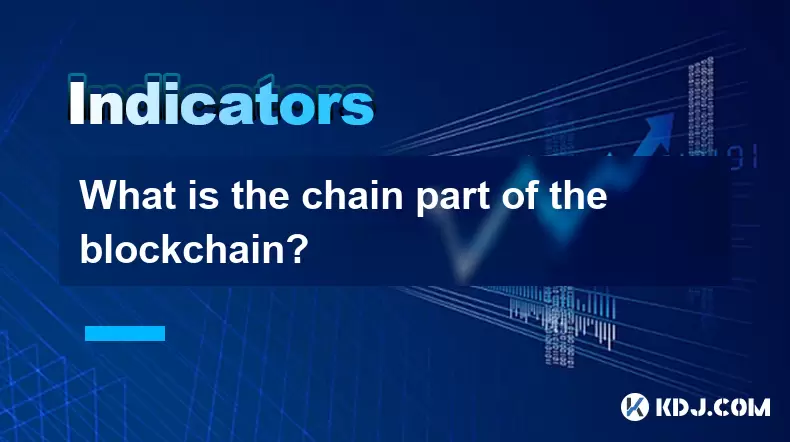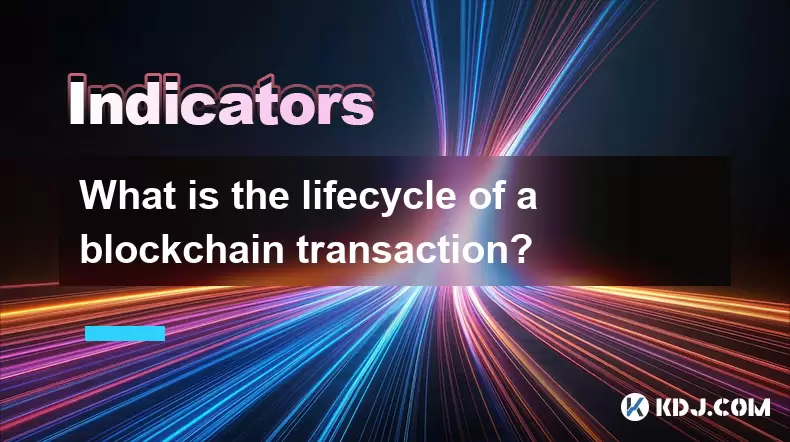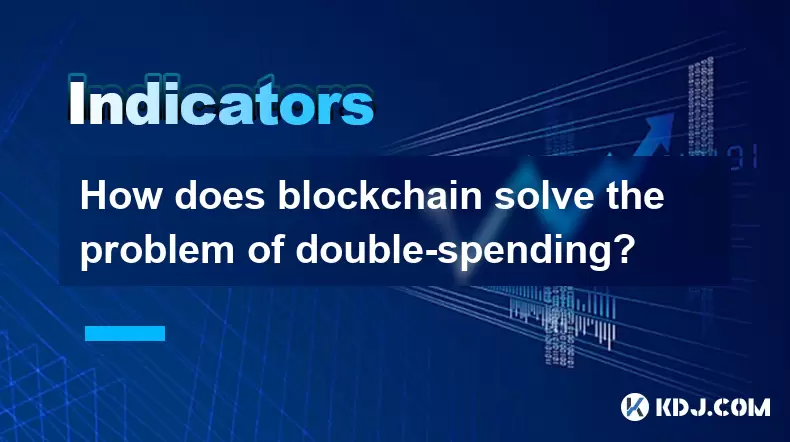-
 Bitcoin
Bitcoin $112400
-1.07% -
 Ethereum
Ethereum $3409
-3.27% -
 XRP
XRP $2.784
-6.60% -
 Tether USDt
Tether USDt $0.9997
-0.03% -
 BNB
BNB $739.3
-2.09% -
 Solana
Solana $158.0
-2.90% -
 USDC
USDC $0.9998
-0.02% -
 TRON
TRON $0.3213
-0.94% -
 Dogecoin
Dogecoin $0.1929
-5.01% -
 Cardano
Cardano $0.6974
-2.82% -
 Hyperliquid
Hyperliquid $36.69
-2.31% -
 Sui
Sui $3.327
-4.80% -
 Stellar
Stellar $0.3672
-5.18% -
 Chainlink
Chainlink $15.65
-3.07% -
 Bitcoin Cash
Bitcoin Cash $525.0
-1.68% -
 Hedera
Hedera $0.2291
-6.00% -
 Avalanche
Avalanche $20.91
-2.96% -
 Ethena USDe
Ethena USDe $1.000
0.00% -
 Toncoin
Toncoin $3.520
-1.12% -
 UNUS SED LEO
UNUS SED LEO $8.968
0.14% -
 Litecoin
Litecoin $105.7
0.26% -
 Shiba Inu
Shiba Inu $0.00001181
-1.79% -
 Polkadot
Polkadot $3.492
-2.08% -
 Uniswap
Uniswap $8.800
-3.10% -
 Dai
Dai $0.9999
-0.01% -
 Monero
Monero $289.9
-3.17% -
 Bitget Token
Bitget Token $4.243
-1.27% -
 Pepe
Pepe $0.00001006
-3.67% -
 Cronos
Cronos $0.1248
-5.68% -
 Aave
Aave $249.7
-2.50%
After the bottom daily limit: how many days does the wash usually last?
After hitting its daily lower limit, a cryptocurrency enters a wash period marked by low volume and uncertainty, signaling a potential market reset before recovery or further decline.
Jun 16, 2025 at 11:28 am

What Happens After a Cryptocurrency Hits Its Daily Limit?
When a cryptocurrency hits its daily limit, especially the lower daily limit, it indicates that the price has fallen by the maximum percentage allowed within a single trading day. This phenomenon is commonly observed in highly volatile or speculative assets and can trigger various market reactions. In traditional finance, daily limits are mechanisms to prevent panic selling or excessive volatility. However, in the crypto space, where markets operate 24/7 and lack centralized regulatory oversight, such limits are typically imposed by individual exchanges rather than universal rules.
Important: Not all cryptocurrencies have daily limits. These restrictions are usually applied on specific platforms or during certain periods of extreme volatility.
Understanding the Concept of "Wash" in Crypto Markets
In the context of cryptocurrency, the term "wash" refers to a phase of consolidation or stabilization following a sharp price movement—often downward. After hitting a daily lower limit, traders may experience confusion, fear, or uncertainty, which leads to sideways movement or minimal volume. During this wash period, the market essentially resets itself before potentially resuming an upward trend or continuing its decline.
This phase often includes:
- Reduced trading volume
- Tighter spreads between bid and ask prices
- Increased skepticism among investors
Important: The wash period is not necessarily negative—it can be a sign of healthy market behavior after a rapid drop.
Factors Influencing the Duration of the Wash Period
The length of time a wash lasts depends on multiple factors:
- Market Sentiment: If the broader sentiment remains bullish despite a short-term crash, the wash might last only a few hours.
- Exchange Policies: Some platforms may pause trading after hitting a limit, prolonging the wash period artificially.
- Volume Recovery: A quick return of liquidity and increased trading activity can shorten the wash duration.
- News Events: Positive developments or announcements can end a wash faster than expected.
Important: There is no fixed formula for how long a wash will last. It varies based on asset type, market conditions, and investor psychology.
How to Monitor the End of a Wash Period
Recognizing when a wash period ends is crucial for traders seeking entry points or risk mitigation strategies. Here's how you can monitor it:
- Watch for sudden spikes in trading volume
- Check order book depth for increasing buy pressure
- Monitor social media and community sentiment shifts
- Observe candlestick patterns returning to normal volatility
- Pay attention to price action breaking out of recent support/resistance levels
Important: Technical analysis becomes more reliable once the wash begins to dissipate and price starts reacting to real demand again.
Strategies to Navigate Through a Wash Period
During a wash phase, many traders hesitate due to uncertainty. However, there are strategies you can apply:
- Wait for Confirmation: Avoid making impulsive decisions until there’s clear evidence of renewed interest.
- Set Alerts: Use exchange tools to notify you when key price levels are approached.
- Analyze Off-Chain Data: Look at blockchain analytics like large whale movements or exchange inflows/outflows.
- Diversify Exposure: Reduce exposure to the affected asset while maintaining positions in other stable coins or tokens.
- Stay Updated: Follow official channels and trusted news sources for updates related to the token or platform.
Important: Emotional trading during wash periods often leads to losses—discipline and patience are essential.
Frequently Asked Questions (FAQs)
Q: What causes a cryptocurrency to hit its daily lower limit?
A: Excessive sell pressure, negative news, regulatory actions, or technical glitches can cause a coin to fall rapidly and reach its lower daily limit on certain exchanges.
Q: Can I still trade a cryptocurrency during a wash period?
A: Yes, unless the exchange halts trading entirely. However, low volume and tight spreads make execution difficult and less predictable.
Q: How do I know if the wash is over?
A: Look for signs like increased volume, breakout from consolidation zones, or strong positive news flow indicating renewed buying interest.
Q: Is the wash period the same across all exchanges?
A: No, different exchanges may enforce varying limits and react differently to volatility, so the wash period can vary significantly depending on the platform.
Disclaimer:info@kdj.com
The information provided is not trading advice. kdj.com does not assume any responsibility for any investments made based on the information provided in this article. Cryptocurrencies are highly volatile and it is highly recommended that you invest with caution after thorough research!
If you believe that the content used on this website infringes your copyright, please contact us immediately (info@kdj.com) and we will delete it promptly.
- Bitcoin Liquidity, Osmosis Zone, and Investor Interest: A Deep Dive
- 2025-08-03 15:16:44
- Web3, Sports, and Computing Power: A New Ballgame
- 2025-08-03 15:16:44
- Ethereum, Altcoin Surge, and the MAGACOIN Presale: What's the Buzz?
- 2025-08-03 15:16:44
- Crypto Whales, Meme Coins, and Moonshots: Navigating the Wild West of 2025
- 2025-08-03 15:16:44
- Hong Kong Stablecoin Licenses: A Tight Squeeze?
- 2025-08-03 15:16:45
- Dogecoin's Bullish Signals: Engulfing Candle and Whale Accumulation Point to Potential Surge
- 2025-08-03 15:16:45
Related knowledge

What is a light client in blockchain?
Aug 03,2025 at 10:21am
Understanding the Role of a Light Client in Blockchain NetworksA light client in blockchain refers to a type of node that interacts with the blockchai...

Is it possible to alter or remove data from a blockchain?
Aug 02,2025 at 03:42pm
Understanding the Immutable Nature of BlockchainBlockchain technology is fundamentally designed to ensure data integrity and transparency through its ...

How do I use a blockchain explorer to view transactions?
Aug 02,2025 at 10:01pm
Understanding What a Blockchain Explorer IsA blockchain explorer is a web-based tool that allows users to view all transactions recorded on a blockcha...

What is the chain part of the blockchain?
Aug 02,2025 at 09:29pm
Understanding the Concept of 'Chain' in BlockchainThe term 'chain' in blockchain refers to the sequential and immutable linkage of data blocks that fo...

What is the lifecycle of a blockchain transaction?
Aug 01,2025 at 07:56pm
Initiation of a Blockchain TransactionA blockchain transaction begins when a user decides to transfer digital assets from one wallet to another. This ...

How does blockchain solve the problem of double-spending?
Aug 03,2025 at 07:43am
Understanding the Double-Spending Problem in Digital TransactionsThe double-spending problem is a critical issue in digital currencies, where the same...

What is a light client in blockchain?
Aug 03,2025 at 10:21am
Understanding the Role of a Light Client in Blockchain NetworksA light client in blockchain refers to a type of node that interacts with the blockchai...

Is it possible to alter or remove data from a blockchain?
Aug 02,2025 at 03:42pm
Understanding the Immutable Nature of BlockchainBlockchain technology is fundamentally designed to ensure data integrity and transparency through its ...

How do I use a blockchain explorer to view transactions?
Aug 02,2025 at 10:01pm
Understanding What a Blockchain Explorer IsA blockchain explorer is a web-based tool that allows users to view all transactions recorded on a blockcha...

What is the chain part of the blockchain?
Aug 02,2025 at 09:29pm
Understanding the Concept of 'Chain' in BlockchainThe term 'chain' in blockchain refers to the sequential and immutable linkage of data blocks that fo...

What is the lifecycle of a blockchain transaction?
Aug 01,2025 at 07:56pm
Initiation of a Blockchain TransactionA blockchain transaction begins when a user decides to transfer digital assets from one wallet to another. This ...

How does blockchain solve the problem of double-spending?
Aug 03,2025 at 07:43am
Understanding the Double-Spending Problem in Digital TransactionsThe double-spending problem is a critical issue in digital currencies, where the same...
See all articles

























































































